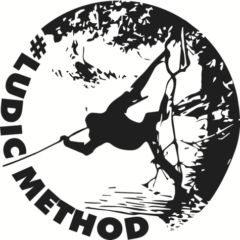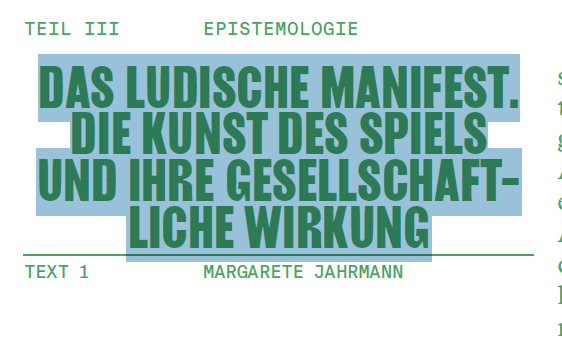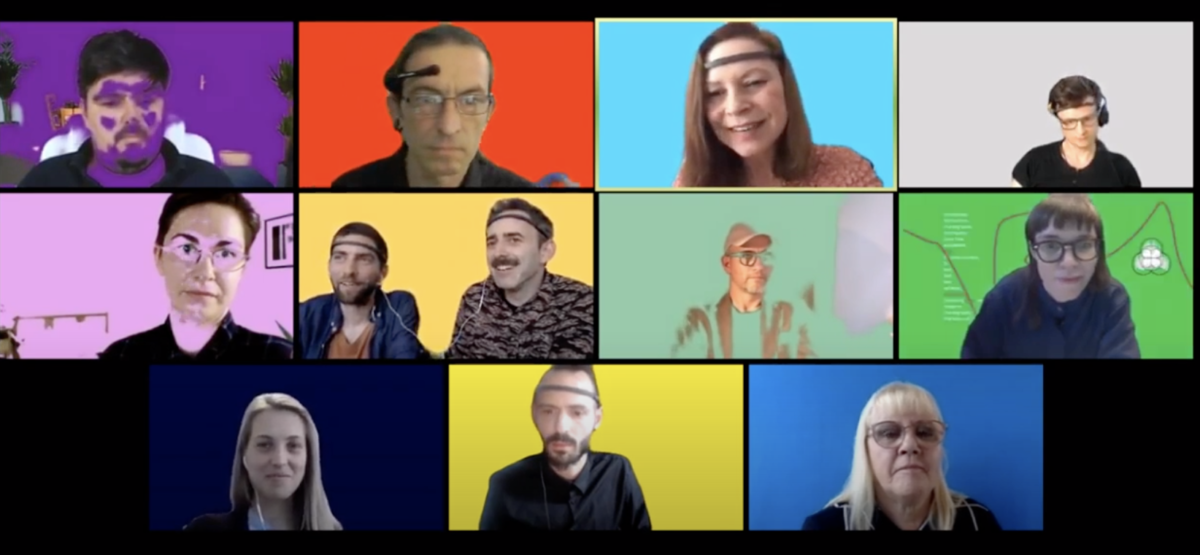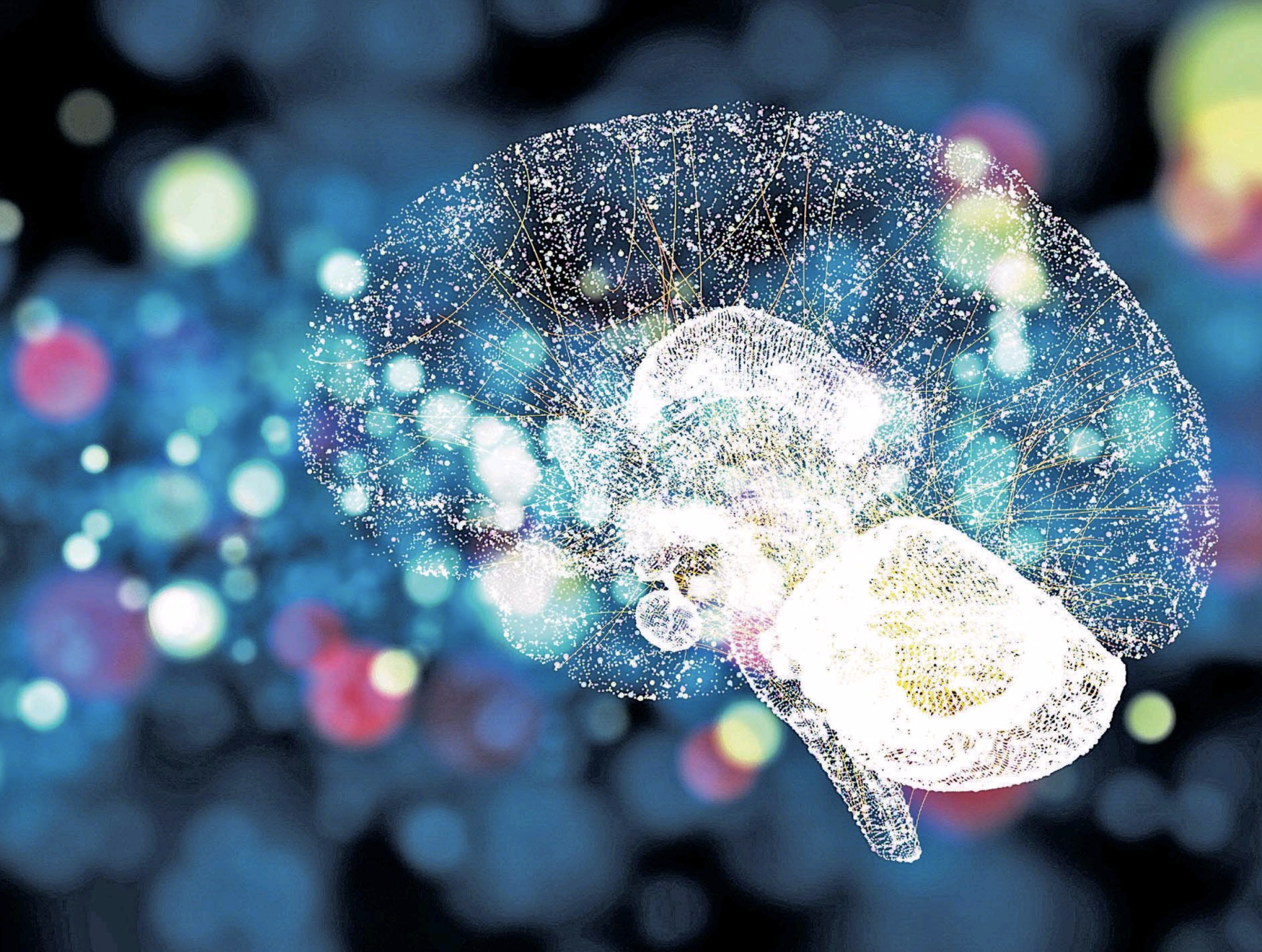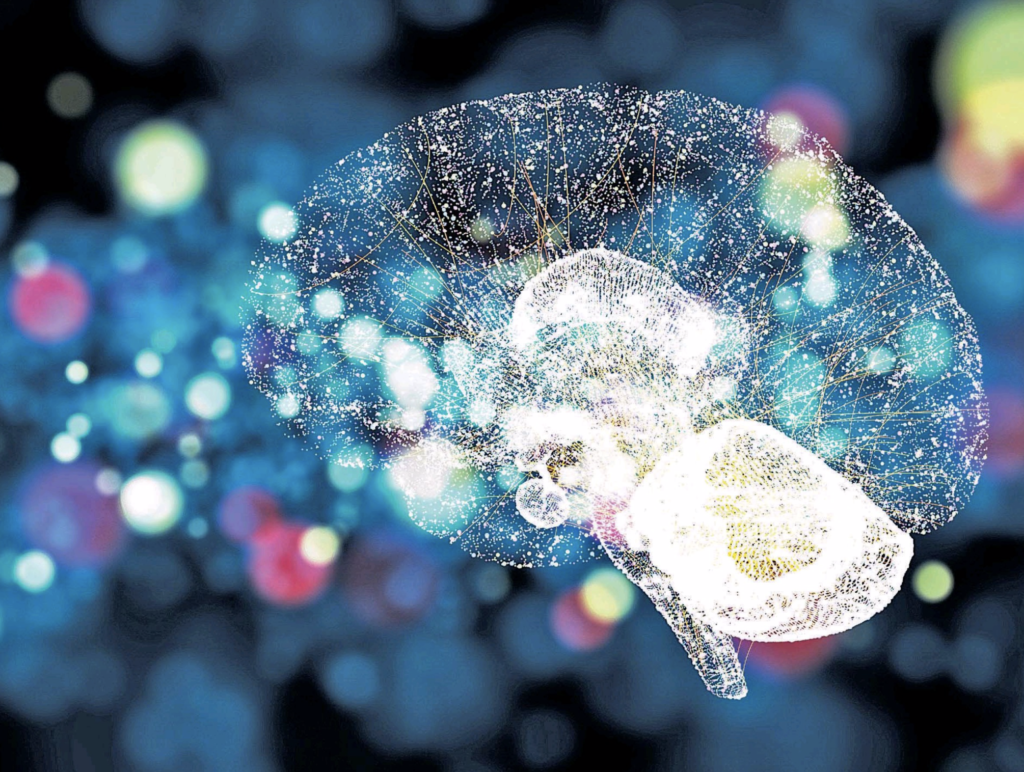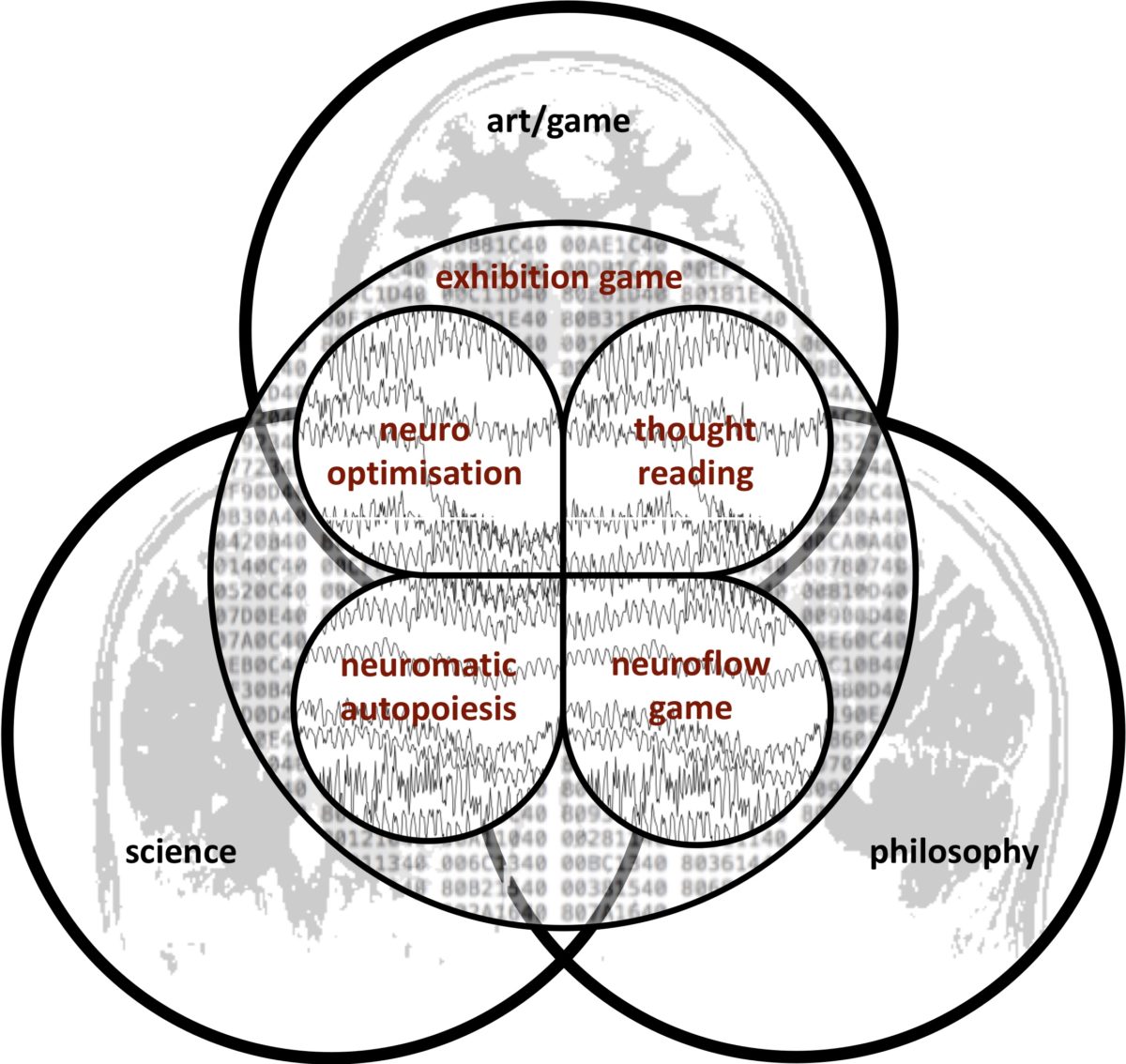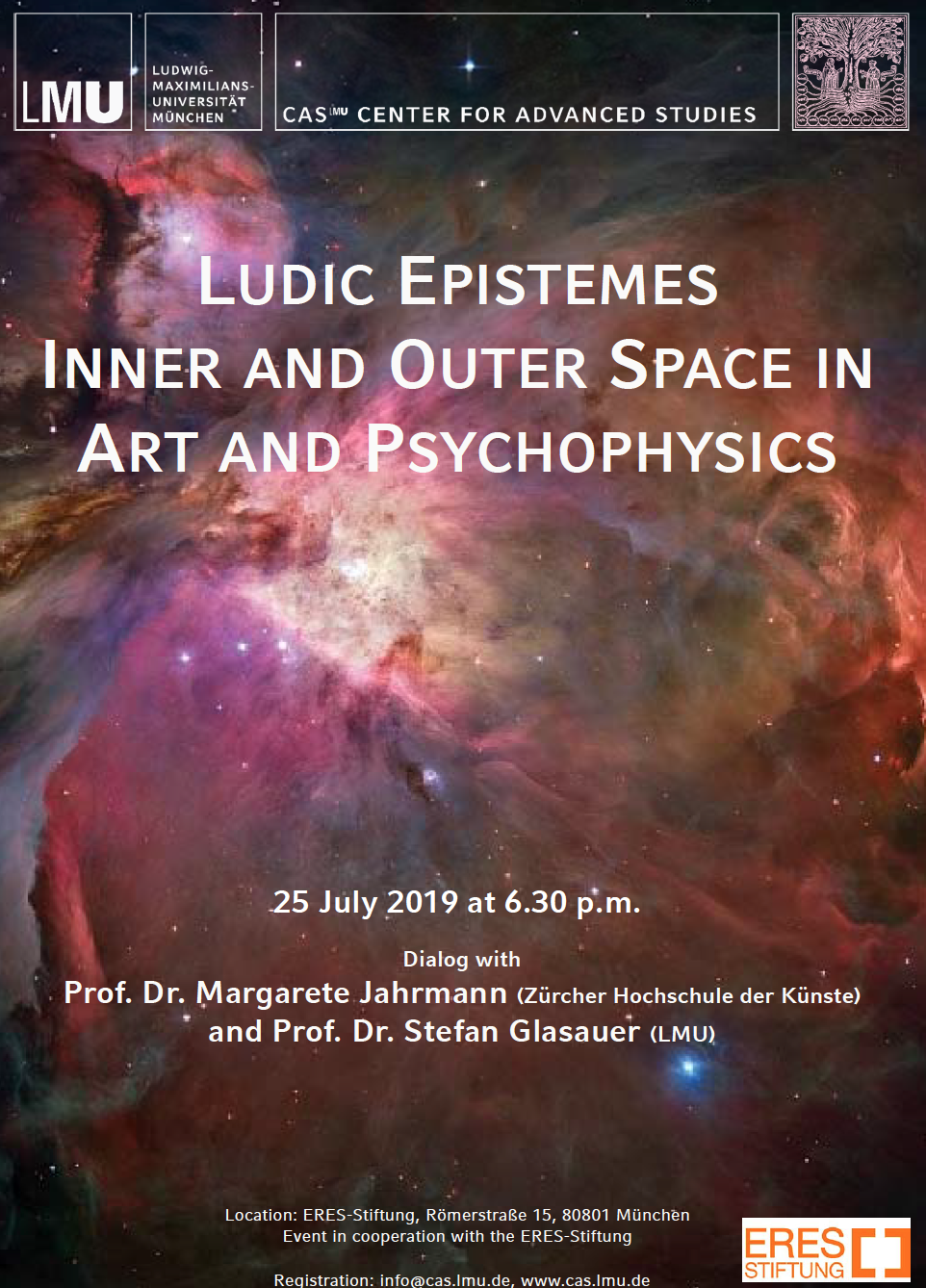Neuromatic Game Art: Critical play with neurointerfaces
project lead: Margarete Jahrmann
Zentrum Fokus Forschung
Austrian Science Fund (FWF): AR 581 Programm zur Entwicklung und Erschließung der Künste (PEEK)
Neuromatic Game Art: Critical play with neurointerfaces
# Wider arts-based research context / theoretical framework
Game Art currently undergoes a rush of presence and importance in the context of artistic research, as it informs methods of insight and experiments. This happens at the same moment as new mobile interfaces linking body, brain, and electronic networks become available in a subtly gamified world. Ludic Theory, the concept of Flow, and the transformative potential of play will serve as theoretical frameworks for a series of publicly performed artistic experiments evolving around neurointerfaces.
# Hypotheses / research questions / objectives
According to our hypothesis the everyday availability of neurointerfaces will create new dimensions of social and ethical questions reaching from of privacy and surveillance to self-optimization, but will also carry the potential for new forms of creativity and interaction. As arts-based research question we take up the challenge to critically evaluate neurointerfaces as technological devices of potential everyday use. Our research objective is the creation of a new form of experimental game art – the neuromatic one – to contribute new knowledge, awareness, and resilience, and to elucidate ethical questions, possibilities and limitations of technologies that intrude the individual brain and to ultimately change self-optimization into self-expression.
# Approach / methods
In a series of staged and performed artworks informed by Game art, concepts of Flow and play, we will create a hybrid interplay and inquiry of questions around personal data and brain measurement informed by the neuroscientific research and techno-philosophical discourse that accompanies the project. By artistic re-engineering neurointerfaces will be transformed from intrusive measurement devices into participative and creative tools.
# Level of originality / innovation
The present project constitutes a unique, original, and urgently needed critical but playful artistic examination of an emerging technology. The prototypes and artefacts of our research, a new innovative form of modified playful neuromatic devices, will be the seed for further artistic and philosophical use.
# Primary staff involved in the project
The highly transdisciplinary project is carried out by five experienced researchers from complementary fields. The leading roles are held by artistic researchers. Margarete Jahrmann is an experienced artist, professor in the artistic research PhD program at Angewandte Vienna and in Game Arts at the Zurich University of the Arts. Ruth Schnell is a leading media artist and holds the chair for Digital Arts, Angewandte Vienna. The techno-philosophical research line is led by Mark Coeckelbergh (University of Vienna). Stefan Glasauer (Brandenburg University of Technology Cottbus-Senftenberg) guides the neuroscientific research. The group will be complemented by several young emerging artists and researchers.
//
Der zeitgenössische digitale Imperativ zur Selbstüberwachung des Alltagslebens beinhaltet tiefere Fragen zu Privatsphäre und Körperdaten. Personenbezogene Daten werden zunehmend online zugänglich gemacht, kapitalisiert und Teil eines sozialen Bewertungssystems. Mit einem wachsenden Markt von Konsumenten-Neurointerfaces wird die Verwendung von Gehirnwellen-Analyse-Geräten, die in die Privatsphäre von Gedanken und Emotionen eindringen, zunehmend als Spiel verkauft – um Benutzer zu beruhigen. Der inhärente gesellschaftliche Zwang zur Selbstoptimierung ist eine alarmierende Folge dieser Tendenzen. Eine kritische Bewertung von Neurointerfaces, die ursprünglich für wissenschaftliche und medizinische Zwecke entwickelt wurden, fehlt bislang. Ebenso gilt es, Phänomene technologisch gesellschaftlicher Zwänge zur Selbstoptimierung künstlerisch zu beleuchten und in spielerischen Experimenten und künstlerisch forschenden Versuchsanlagen zu interpretieren.
Hier schlagen wir vor, diese Herausforderung als kunstbasierte Forschungsfrage anzunehmen, indem wir das Potenzial von Kunst als Aktivismus nutzen und eine neue Form der experimentellen Spielkunst – neuromatic game art – vorstellen. Forschungsziel ist es die Möglichkeiten und Grenzen von Technologien zu hinterfragen und aufzuklären, wie Neurointerfaces das individuelle Leben beeinflussen werden. Letztlich wollen wir die gesellschaftlich gewünschte Selbstoptimierung in künstlerische Selbstdarstellung verändern.
In einem Akt des Widerstands werden neuromedizinische Geräte umkonstruiert, indem zwar Einblicke in die Gehirnfunktion ermöglicht werden, diese Schnittstellen aber als kreative Ausgabegeräte genutzt werden — als ein partizipatives und kreatives Werkzeug der Kunst.
Die durch die künstlerisch forschende Intervention neu entstandenen „Neuromatic Anordnungen “ werden zu innovativen Werkzeugen für künstlerische Projekte und ermöglichen das selbstgesteuerte Spiel mit den eigenen persönlichen Hirndaten zum Zweck der Erkenntnis.
Das Konzept des Flusses von Gedanken im Spiel, Flow wird das Kernstück des Spieldesigns einer Reihe von Kunstwerken, von physischen und öffentlich durchgeführten Experimenten – entsprechend unserer These, dass künstlerische Forschung öffentlich inszeniert werden sollte. Nach Prinzipien der Spielmechanik präsentieren wir ein hybrides Zusammenspiel zur Untersuchung von politischen Fragen rund um persönliche Daten, Selbstoptimierung, Gehirnmessung in Bezug auf mobile Schnittstellen als Werkzeuge des täglichen Lebens. Wir zielen darauf ab, eine sich entwickelnde Debatte als Voraussetzung für gesellschaftliches Bewusstsein und Aufklärung auszulösen.
